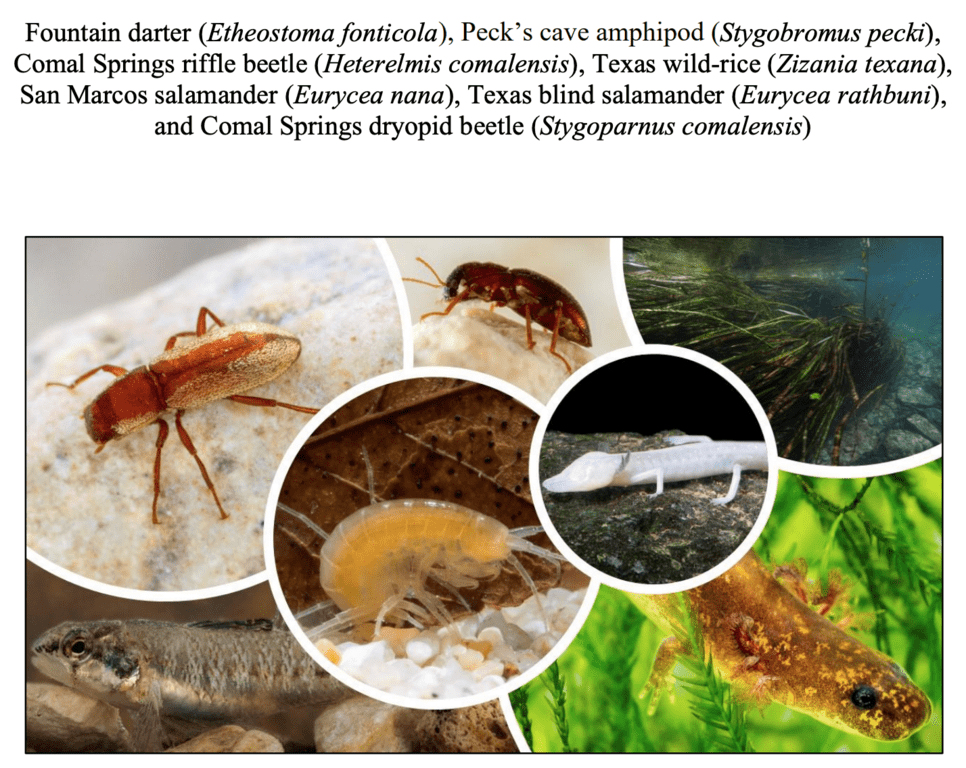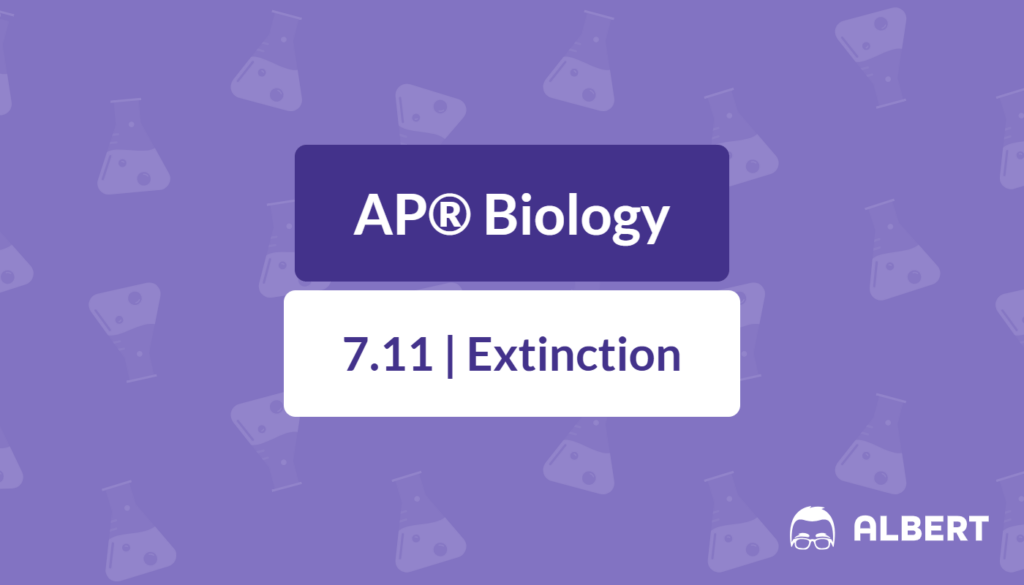Scientists define extinction as a critical concept in biology because it shapes the diversity of life on Earth. Understanding why species disappear helps students appreciate the fragility of ecosystems and the need for conservation. Therefore, exploring this topic can reveal how past and present conditions influence current species and future biodiversity.
Below is a guide to extinction, covering what it is, why it happens, and how humans play a role. Examples, quick reference charts, and practice exercises are included to make the material easier to digest.
What We Review
What Is Extinction?
Extinction occurs when no individuals of a species remain alive. This means that the species can no longer reproduce or recover. Endangered species, on the other hand, still have members left, but they exist in such small numbers that they face a high risk of extinction.
- Extinction = no living members of a species left.
- Endangered species = very limited numbers, in danger of extinction.

Example: Passenger Pigeon
The Passenger Pigeon once numbered in the billions across North America. However, hunting and habitat destruction led to an abrupt drop in their population. The last known Passenger Pigeon, named Martha, died in captivity in 1914.
Step-by-step understanding of this extinction event:
- The pigeons were abundant due to widespread forests providing ample food.
- As people settled more land, they cut down forests and hunted these birds extensively.
- The pigeon population could not keep pace with the rapid decline in habitats and the high hunting rates.
- Eventually, the species went extinct, showing that even large populations are not immune to extinction when pressures are intense.
Practice Problem: Calculating a Simple Decline
Suppose a species population starts at 1,000 individuals. Each year, 40% of its members are lost. Determine the population after two years.
Solution Steps:
- Original population = P_0 = 1000
- After one year, the population is P_0 \times (1 - 0.40) = 1000 \times 0.60 = 600.
- After two years, apply the 40% loss again:P_1 \times (1 - 0.40) = 600 \times 0.60 = 360.
- Therefore, the population would be 360 after two years.
Historical Context of Extinction
Many extinctions have occurred over Earth’s history. Scientists have identified five major mass extinctions. These massive die-offs changed the planet’s ecosystems and paved the way for new forms of life through speciation.
The 5 Mass Extinctions
- Ordovician-Silurian (about 444 million years ago)
- Late Devonian (about 375 million years ago)
- Permian-Triassic (about 251 million years ago)
- Triassic-Jurassic (about 200 million years ago)
- Cretaceous-Paleogene (about 66 million years ago)
Example: The Cretaceous-Paleogene Extinction Event
At the end of the Cretaceous Period, dinosaurs (except for birds) went extinct. Scientists credit this to a massive asteroid impact that altered the climate. However, other factors like volcanic activity may have contributed as well.
Step-by-step summary of dinosaur decline:
- Asteroid impact created debris that blocked sunlight.
- Plants could not photosynthesize effectively, leading to a collapse in the food chain.
- Large animals, such as most dinosaurs, had no food source.
- Adaptive groups like mammals survived and diversified afterward.
Factors That Threaten Species with Extinction
Species can become extinct because of natural events or human activities. Understanding these factors helps one see why certain species have declined so rapidly in modern times.
Key Threats
- Habitat loss (deforestation, urbanization)
- Climate change (global warming, melting ice caps)
- Invasive species (new predators or competitors)Pollution (chemical spills, plastic waste)
- Overexploitation (hunting, fishing)
Example: Decline of Coral Reefs
Coral reefs face various pressures, including rising water temperatures and pollution. Corals have a symbiotic relationship with algae, which provide them with nutrients. However, warmer waters cause corals to expel these algae, leading to coral bleaching.
Step-by-step reef decline process:
- Ocean temperatures rise due to climate change.
- Corals become stressed and lose their algae partners.
- Bleached corals struggle to survive without algae-driven nutrition.
- If conditions do not improve, the corals die off.
The Role of Human Activity in Extinction
Human activities such as deforestation, pollution, and unsustainable hunting increase the risk of extinction. When humans change habitats or introduce new diseases, species that cannot adapt quickly may disappear.
Example: Tasmanian Tiger
The Tasmanian Tiger, also known as the Thylacine, was a carnivorous marsupial in Australia. Bounties were placed on these animals due to perceived threats to livestock. Hunting, habitat loss, and disease contributed to its extinction in the 20th century.
Step-by-step analysis:
- Settlers in Tasmania viewed the Tasmanian Tiger as a pest.
- Government incentives led to overhunting.
- Agricultural expansion destroyed its habitat.
- The species finally vanished from the wild and, later, from captivity.
Extinction Rates and Ecosystem Dynamics
Scientists track how many species go extinct over specific periods. They also study how new species evolve (speciation), when the extinction rate is higher than the speciation rate, overall biodiversity declines.
Example: Adaptive Radiation Answers Extinction Events
After a mass extinction, survivors often find themselves with less competition. This can lead to adaptive radiation, where new species form and fill empty ecological niches.
Step-by-step on how adaptive radiation works:
- A mass extinction event drastically reduces species numbers.
- Surviving groups disperse into new habitats with less competition.
- Random genetic variations arise, and beneficial traits spread quickly.
- Over many generations, these changes result in diverse species adapted to different environments.
Practice Problem: Calculating an Extinction Rate
In a particular region, 20 species existed in 2000. By 2020, only 16 species remain. Assuming no new species migrated or evolved in this region, calculate the extinction rate as a percentage of the original number of species.
Solution Steps:
- Initial number of species in 2000, S_0 = 20.
- Final number of species in 2020, S_f = 16.
- Number of species lost = S_0 - S_f = 20 - 16 = 4.
- Extinction rate = \frac{\text{species lost}}{\text{original species}} \times 100% = \frac{4}{20} \times 100% = 20%.
Therefore, 20% of the region’s species have gone extinct over that time.
Implications of Extinction
When species go extinct, ecosystems lose vital components and may become less stable. A single missing organism can affect food webs, nutrient cycles, and other ecological interactions.
Why Conservation Matters
- Preserves biodiversity
- Maintains ecological resilience
- Protects natural resources for future generations
Example: Recovery of the Bald Eagle
The Bald Eagle population in the United States declined due to hunting and the use of the pesticide DDT, which weakened eggshells. Conservation efforts included banning DDT and protecting habitats.
Step-by-step eagle recovery:
- The government banned DDT, reducing contamination in the food chain.
- Conservation programs enforced hunting limits.
- Nesting sites were protected from human interference.
- The eagle population gradually rebounded, illustrating conservation success.
Conclusion
Extinction is a natural process that helps shape the diversity of life. However, unchecked human activities have sped up modern extinction rates. To prevent further losses, conservation efforts must reduce habitat destruction, promote sustainable practices, and raise ecological awareness. Understanding extinction and its causes empowers students to make informed decisions about protecting life on Earth.
Quick Reference Chart
Below is a quick list of key terms and concepts related to extinction.
| Term | Definition |
| Extinction | Permanent end of a species when no individuals remain alive. |
| Endangered Species | Species at risk of extinction due to low population numbers. |
| Mass Extinction | Event in which a large number of species go extinct over a short time. |
| Adaptive Radiation | Rapid emergence of new species from a common ancestor following an extinction event. |
| Overexploitation | Excessive hunting or harvesting leading to species decline. |
| Habitat Loss | Destruction or alteration of habitats, often by human activity. |
| Climate Change | Long-term alteration of temperature and weather patterns on Earth. |
Sharpen Your Skills for AP® Biology
Are you preparing for the AP® Biology test? We’ve got you covered! Try our review articles designed to help you confidently tackle real-world math problems. You’ll find everything you need to succeed, from quick tips to detailed strategies. Start exploring now!
Need help preparing for your AP® Biology exam?
Albert has hundreds of AP® Biology practice questions, free response, and full-length practice tests to try out.








